Crushing Efficiency Factors
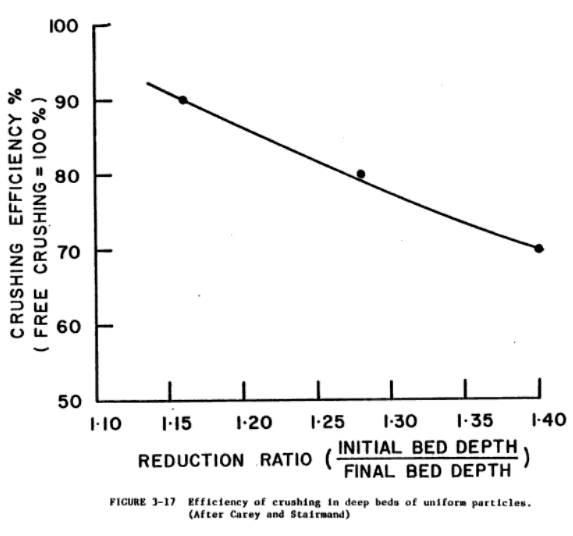
Toward the foregoing goal, engineers investigated the energy efficiency of crushing for less than ideal cases. In the first experiment they studied the effect of factors such as using a deep bed of particles, a situation usually present in a ball mill. The same type of slow crushing experiment described above was performed, but with a […]
Gold Precipitation Test
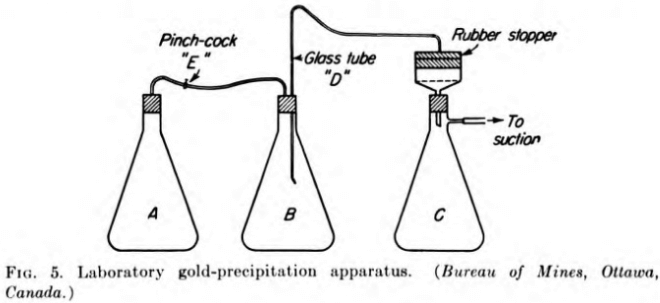
The following method of testing the precipitation of gold in pregnant cyanide solutions has been adopted by the Ore Dressing and Metallurgical Laboratories, Bureau of Mines, Ottawa. The apparatus consists of three Erlenmeyer flasks of 3000-cc capacity (see Fig. 5). Flask A is for evacuation of air from the pregnant solution, flask B is for precipitation, and […]
Heap Leach Amenability Test

In cases where fine grinding is not necessary to liberate the gold values, it is often possible to classify the coarsely ground ore into a sand and slime product (at, say, about 200 mesh) treat the former by so-called percolation leaching and the latter by the agitation method that has been described above. This is […]
Gold Leaching : Methods and Uses in Mineral Processing

The following gold leaching test procedure has been found satisfactory for carrying out cyanide leaching tests by agitation. Winchester bottles of about 2.5- to 4-liter capacity are used. It is convenient to number the bottles and determine their tares, etching the figures on the bottle by means of hydrofluoric acid and then marking over the etching […]
Gold Flotation Tests
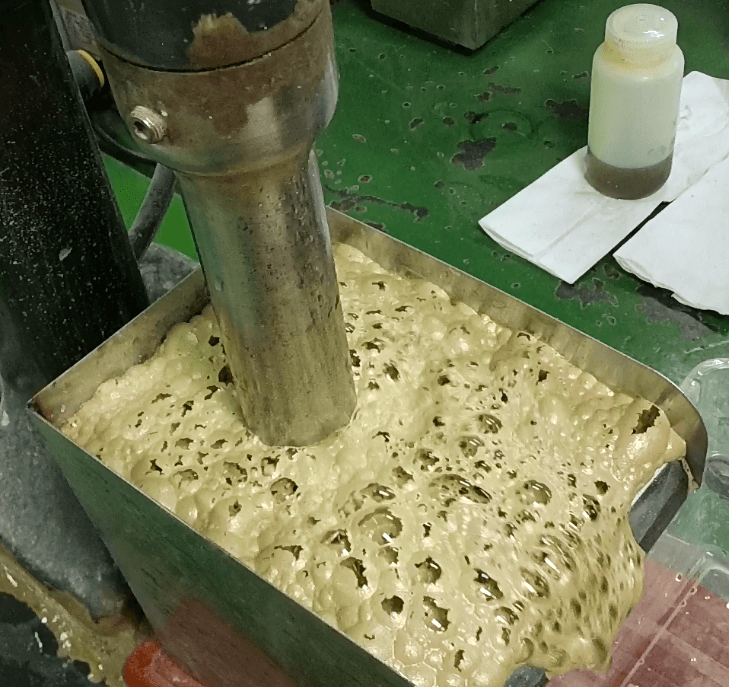
The first gold flotation testing should be confined to an all-flotation method so that the experimenter can become familiar with the ore. Careful observation, coupled with experience in testing, will enable the operator to interpret the various phenomena. It is desirable that he shall have had practical operating experience so that he may know the […]
Prepare Gold Ore Sample for Laboratory Testing
Before an ore is tested for its amenability to the cyanide process, it should be subjected to a preliminary examination in order that the experimenter may become familiar with its general physical and chemical characteristics. Knowledge so obtained will be of value in laying out the most effective testing program and may point to special […]
How to Calculate pH without a pH meter

Without a meter, acidity or alkalinity determinations of water for and solutions used in plants treating gold and silver ores are of importance. Methods range from simple tests with litmus papers or phenolphthale in solutions to pH determinations. pH Determination The pH value indicates with a high degree of accuracy the amount of active acidity […]
How to Sample Gold Ore

The value of any series of experiments depends entirely upon the kind of sample of ore provided for the test. It must represent, wholly and completely, the character of the material that will be treated in the plant to be designed and constructed. If it does not, the tests will be useless or, worse, misleading. In […]
How to use a Microscope to Help Solve Gold Metallurgy
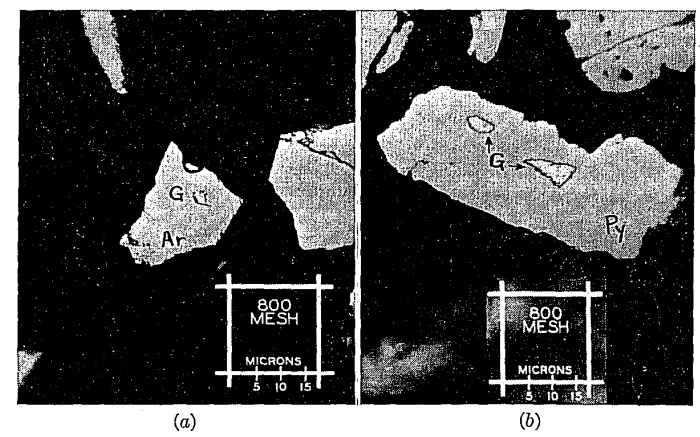
The assistance that can be obtained from the microscope in solving ore-dressing problems has been increasingly appreciated in the recent years, as attested by the frequency of papers on the subject. Observations by means of binocular microscopes with magnifications up to 100 diameters and corresponding resolutions have long been common practice, and such observations are a great […]
Sampling Conveyor Belt for Crusher Circuit Survey
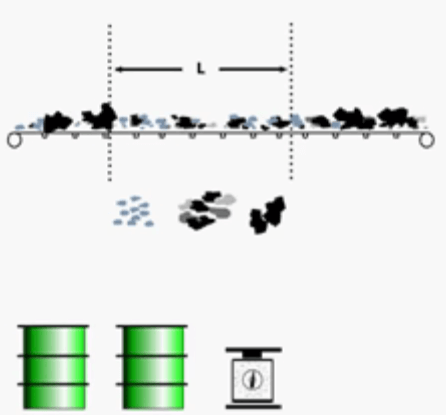
Let’s review the steps to collect a sample of coarse rocks such as primary Crusher product. The procedure requires that Process Equipment be shut down and so it is important to organize the work to minimize lost time. First the particular conveyor where the sample is to be collected is identified, next, one to two […]
